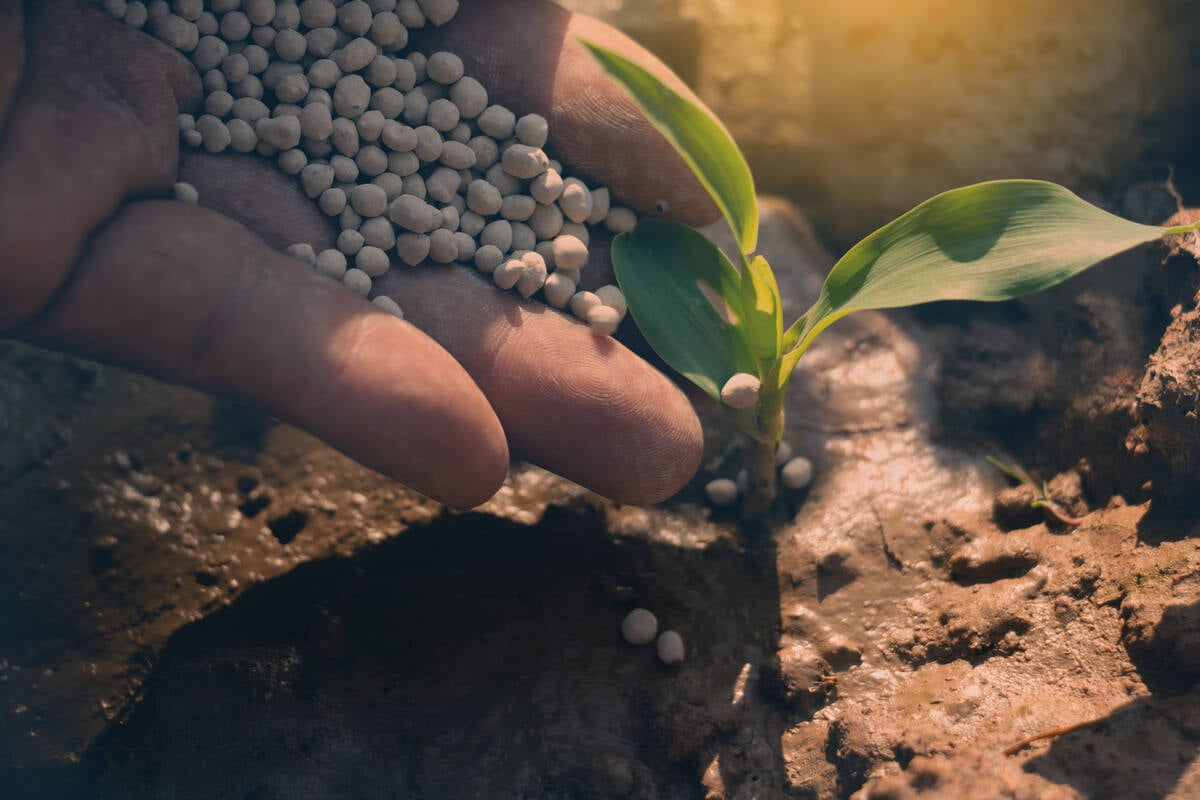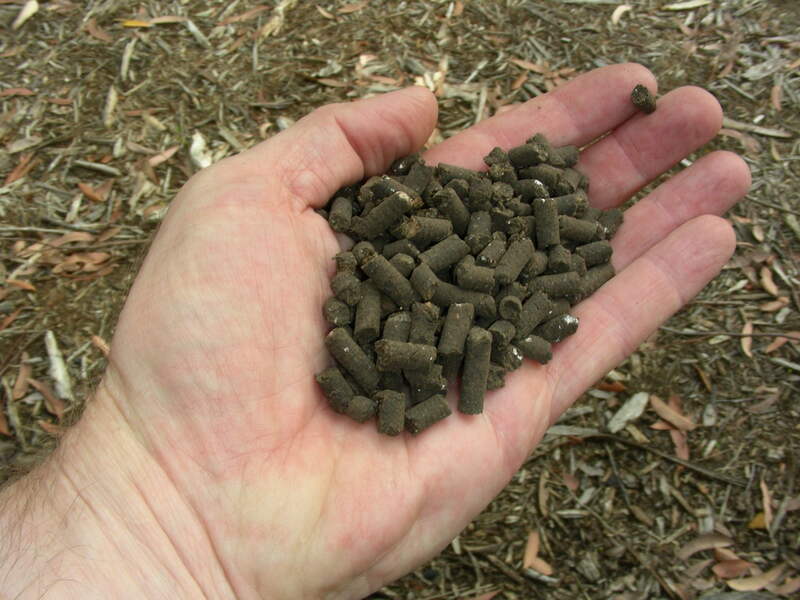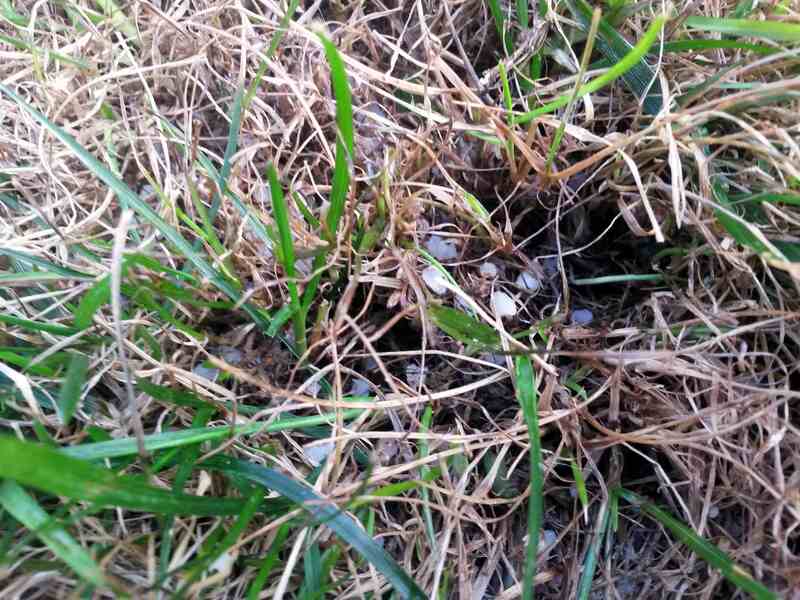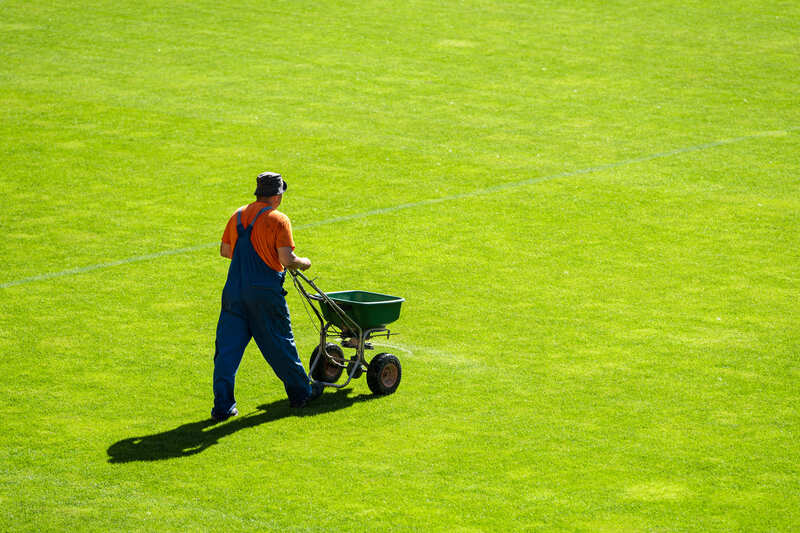
Looking to feed your lawn but confused about all the fertilizer options? The choice between slow-release and quick-release fertilizer can make a huge difference in how your grass grows — and how much time you’ll spend maintaining that lush, green carpet once you get it.
Think of it this way: Quick-release fertilizers are like giving your lawn a double espresso shot — it gets an immediate energy boost and turns green fast. But just like that coffee buzz, it wears off quickly. Slow-release fertilizers, meanwhile, work more like a time-released energy drink, steadily feeding your grass over weeks or even months.
Whether you’re trying to revive a patchy lawn in spring or keep it healthy through the scorching summer, I’ll help you pick the right fertilizer for the job. You’ll learn which type works best for each season and the key differences that make each type unique, so you can make the best choice for your lawn.
Differences Between Slow-Release and Quick-Release Fertilizer
When it comes to keeping your lawn and garden healthy, choosing the right fertilizer is crucial. Two main types dominate the market: slow-release and quick-release fertilizers. While both provide essential nutrients to your plants, they work quite differently.
Understanding these differences can be the difference between a thick, healthy lawn and one that is stressed and struggling. Let’s explore the key characteristics that set these fertilizer types apart and help you determine which option might work best for your lawn.
| Slow-Release Fertilizer | Quick-Release Fertilizer | |
| Nutrient Release | Gradual | Rapid or Immediate |
| Composition | Organic materials, slow-dissolving minerals, and inorganic materials treated for slow-release | Water-soluble salts and nutrients |
| Application Frequency | Once every three to six months | Every two to four weeks |
| Cost | Generally costs more upfront | Lower initial cost, higher long-term cost |
| Risk of Lawn Burn | Low | High |
| Environmental Impact | Low risk of leaching, runoff | High risk due to runoff if not carefully managed |
Nutrient Release
Slow-release fertilizers are like a steady rainfall for your lawn, delivering nutrients gradually over time. Some are organic, working naturally with beneficial soil microbes to feed your grass. Others come with a special coating that slowly dissolves, releasing nutrients bit by bit throughout the season. This steady feeding helps your lawn develop strong, healthy roots.
Quick-release fertilizers provide an immediate boost of nutrients to your lawn. They dissolve rapidly in water, making their nutrients instantly available to your grass. While this fast-acting nutrition can quickly green up a struggling lawn, the effects don’t last as long as slow-release options. Think of it as the difference between a steady drip and turning on the garden hose full blast.
Composition

When it comes to slow-release fertilizers, you’ve got three main players in the game. Natural organic options like bone meal and feather meal work like composting in slow motion. Synthetic materials such as IBDU and ureaform feed steadily, while coated varieties like sulfur-coated urea act like tiny nutrient capsules in your soil.
Quick-release fertilizers are the fast food of the lawn care world. They’re made with ingredients like ammonium nitrate for quick greening, superphosphate for strong roots, and potassium chloride for overall health. Think of these as instant nutrients that your lawn can grab and use right away.
Application Frequency
One application of slow-release fertilizer can keep your lawn fed for up to six months. Your grass typically starts showing improvement around the four-week mark, but patience is key here. The exact timeline depends on your soil’s unique chemistry and local weather conditions.
Quick-release fertilizers are perfect when your lawn needs a rapid revival. You’ll see results within seven to 10 days, but like any quick fix, the effects don’t stick around long. Plan on reapplying every two to four weeks during the growing season to maintain that lush, green look.
My Tip: Testing your soil’s pH is like checking your lawn’s mood ring. Aim for a pH between 6 and 7. This sweet spot helps those helpful microbes break down slow-release fertilizers most effectively.
Read More: How to Test the Soil pH of Your Lawn
Cost
While slow-release fertilizers might make your wallet a bit lighter at checkout, they’re often the better deal in the long run, averaging between $162 and $470. Think of it like buying in bulk: You pay more upfront but save money over time because you won’t need to fertilize as often.
Quick-release fertilizers have a lower initial cost but require more frequent applications throughout the growing season, averaging between $104 and $321. This means purchasing fertilizer more often and spending more time on application, which can increase your overall lawn care expenses over the course of a year.
In addition, if you hire a local lawn care professional to apply your fertilizer, expect to pay an average of $40 to $80 per hour.
Read More: Check out our lawn fertilization cost guide for a better idea of how much to budget for fertilizing your lawn.
Risk of Lawn Burn

Slow-release fertilizers are like having a careful gardener feeding your lawn — they’re gentle and precise, dramatically reducing the risk of lawn burn. Even if you get a bit heavy-handed with the application, the time-release feature acts as a safety net for your lawn.
Quick-release fertilizers require a more skilled touch. They’re like handling hot sauce — a little goes a long way, and too much can really do some damage. Uneven spreading or over-application can leave your lawn looking like a patchy mess.
Environmental Impact
Slow-release fertilizers are the eco-conscious choice for your lawn care routine. Since nutrients are released gradually, they’re less likely to run off into local waterways during rainstorms. It’s like having a slow-drip irrigation system instead of a fire hose.
With quick-release fertilizers, timing is everything. If you apply them before heavy rain, you might as well throw your money (and chemicals) straight into the nearest stream. When overused, these fertilizers can also contribute to greenhouse gas emissions, making them a less environmentally friendly choice for your lawn care routine.
When to Apply Slow-Release Fertilizers

Slow-release fertilizers are your best bet when applied from late spring to early summer when temperatures reach 55 degrees. Nutrients become available bit by bit as the soil warms up and microbes get busy, giving your grass a steady diet that matches how it naturally grows. If you’ve got cool-season grass like Kentucky bluegrass, start in mid-spring to keep your lawn fed all summer long.
These fertilizers really shine on established lawns that don’t need quick fixes – just steady, reliable nutrition. If you’ve got healthy soil with lots of microbial activity, slow-release fertilizers work even better. They’re also great for sloped yards or areas near ponds since there’s less chance of the nutrients washing away during heavy rains.
Want a lawn that looks consistently good without constant mowing? Slow-release fertilizers typically feed your grass for six to eight weeks or more, helping maintain an even growth rate. This means less time pushing the mower and more time enjoying your yard’s steady, healthy appearance.
| Pros of Slow-Release Fertilizers | Cons of Slow-Release Fertilizers |
| ✓ Reduced risk of over-fertilization | ✗ Less precise nutrient control |
| ✓ Less frequent application | ✗ May not be suitable for all grass types |
| ✓ Promotes steadier plant growth | ✗ Less predictable results |
| ✓ Minimizes nutrient leaching | ✗ Higher cost |
Tips to Apply Slow-Release Fertilizers
While slow-release fertilizers take longer to show results, proper application ensures consistent growth and reduces the risk of nutrient waste.
- Choose the right timing for application, ideally in early spring or late fall when the soil is moist and temperatures are moderate.
- Store your slow-release fertilizer in a dry place. Check for hardened chunks that may have formed due to moisture exposure, crushing them gently before adding them to your spreader.
- Apply slow-release fertilizer to dry grass, but ensure the soil beneath is slightly moist. This combination helps the granules settle into the soil surface without sticking to grass blades, while soil moisture begins the gradual breakdown process for nutrient release.
- Use a rotary spreader with adjustable settings for even coverage, walking at a steady pace to maintain consistent distribution. Unlike quick-release fertilizers, there’s no need to water immediately after application unless your area is experiencing drought conditions.
When to Apply Quick-Release Fertilizers
Quick-release fertilizers are valuable during the early spring growing season when lawns need an immediate nutrient boost to jumpstart growth after winter dormancy. The rapidly available nitrogen helps your grass green up quickly and establish strong early-season growth during this critical period of development.
These fertilizers are especially beneficial for newly seeded or sodded lawns that require readily available nutrients to establish strong root systems. They’re also ideal for damaged or stressed lawns that need rapid recovery, such as areas affected by disease, pest damage, or heavy foot traffic.
However, quick-release fertilizers are less appropriate for well-established, healthy lawns during the peak summer months. The quick nutrient release can result in excessive growth that demands more frequent mowing.
| Pros of Quick-Release Fertilizer | Cons of Quick-Release Fertilizer |
| ✓ Fast results | ✗ High risk of over-fertilization |
| ✓ Lower upfront cost | ✗ Frequent application required |
| ✓ Targeted approach | ✗ Potential for nutrient leaching |
| ✓ Suitable for fast-growing grass types | ✗ Can contribute to uneven plant growth |
Tips to Apply Quick-Release Fertilizers
Quick-release fertilizers offer immediate nutrients to your lawn, but proper application techniques are essential to achieve the best results while preventing damage.
- Always water your lawn thoroughly after applying quick-release fertilizer to help dissolve the nutrients and prevent fertilizer burn.
- Calculate your lawn’s square footage and carefully measure the fertilizer amount according to package instructions. Quick-release fertilizers can damage grass if overapplied, so resist the temptation to use more than recommended thinking it will give better results.
- Apply quick-release fertilizer when your grass is in active growth, typically in spring once soil temperatures reach about 55 degrees. Avoid application during drought conditions or periods of extreme heat, as this can stress the grass and lead to burning.
- Clean your spreader thoroughly after use and sweep up any fertilizer that lands on hard surfaces like driveways or sidewalks. This prevents waste and protects local waterways from nutrient runoff, which can contribute to algal blooms.
FAQ About Slow-Release and Quick-Release Fertilizers
Yes. My preferred method is to use a hybrid approach, which maximizes the benefits of both while minimizing the drawbacks. Here’s how to do it correctly:
● March to May: Begin with quick-release fertilizer and follow up with slow-release fertilizer three to four weeks later to maintain growth through late spring.
● June to August: During the main growing season, primarily use slow-release fertilizers.
● September to November: Apply slow-release fertilizers approximately six to eight weeks before the first frost. Cease all fertilization about a month before the ground freezes.
Read More: Common Fertilizer Mistakes to Avoid
When choosing a lawn fertilizer, consider your climate, soil type, and how much time you want to spend on maintenance. The right fertilizer will depend on whether you prefer quick results with more frequent applications or a slower, steadier approach that requires less work throughout the growing season.
Read More: How to Choose the Right Lawn Fertilizer
For fall fertilization, slow-release fertilizers are generally better than quick-release options. The key reason is that slow-release fertilizers provide steady nutrition throughout the winter months when plants are developing their root systems, rather than creating a sudden nutrient spike that plants can’t fully utilize before winter dormancy.
Read More: How to Fertilize Your Lawn
Find a Lawn Care Pro Near You
While slow-release options provide a low-maintenance way to nourish your grass and quick-release fertilizers can target specific deficiencies, lawn care involves more than just feeding it. Regular mowing, edging, and weed control are essential for a healthy lawn.
Short on time for lawn care? A local lawn care professional will take care of your mowing, fertilization, and everything else, allowing you to enjoy your weekends and have a beautiful lawn.
Main Photo Credit: Teerayut / Adobe Stock Free / License